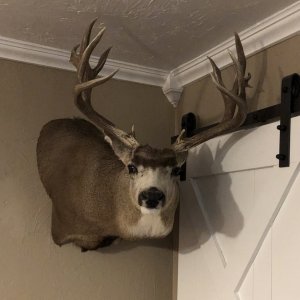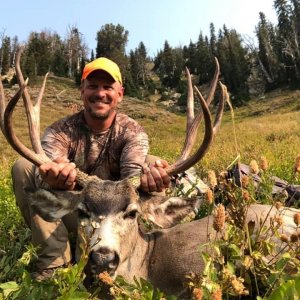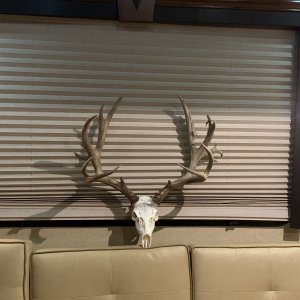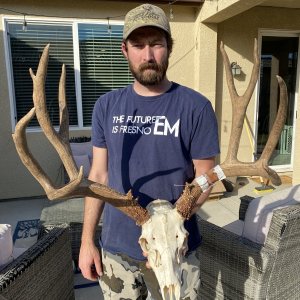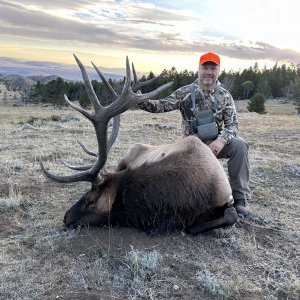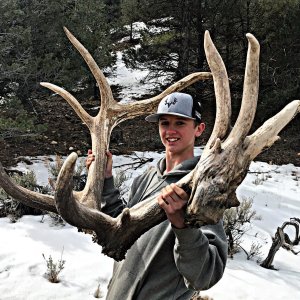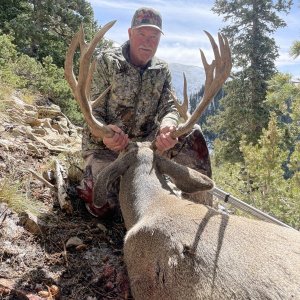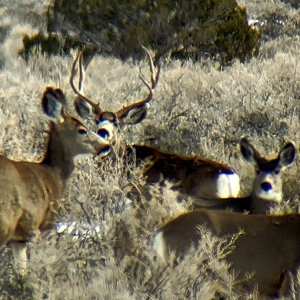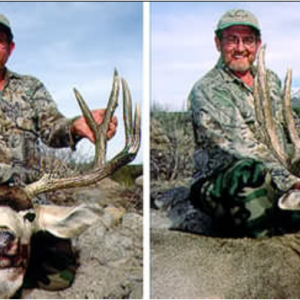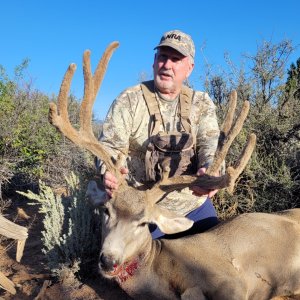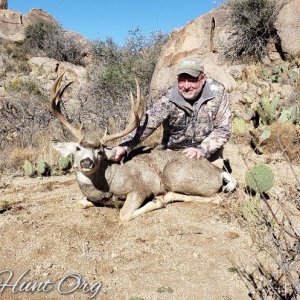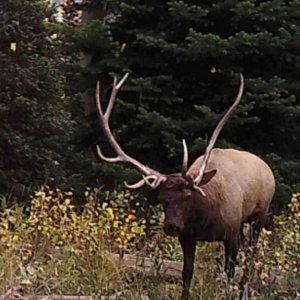highfastflyer
Very Active Member
- Messages
- 1,555
The Outstanding research and study done by University of Wyoming and funded by multiple foundations are to be commended. The head research Professor is an energetic and great communicator Dr. Kevin Monteith. He gives a presentation anyone who is interested in Mule deer research, hunting or curious about the Wyoming Range will find fascinating. This recent report given at the Wyoming Game and Gish Commission meeting on Jan. 18, 2018 is very informative and worth your time. Proceed to about the 1 hour and 55 minute mark, it lasts about 30 minutes. The whole meeting is worthwhile and lots happening currently with new proposals on limiting crossbows and new technologies and possible new Grizzly bear hunts in Wyoming. Check it out I highly recommend it. The Wyoming Range is in serious trouble but there is a glimmer of hope if we can keep elk populations heavily hunted and improve the range conditions and predator control. https://m.youtube.com/watch?v=HzvMirbLNMU

